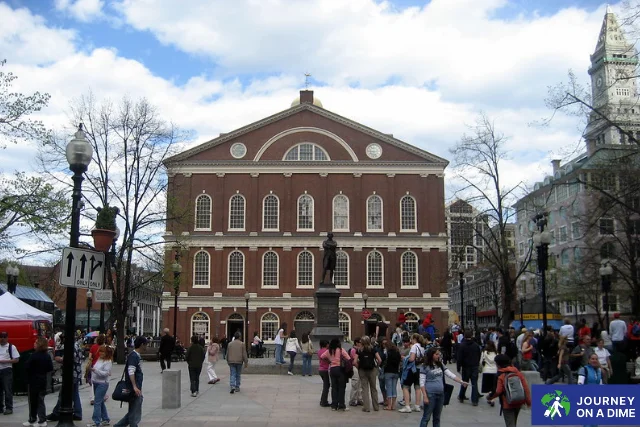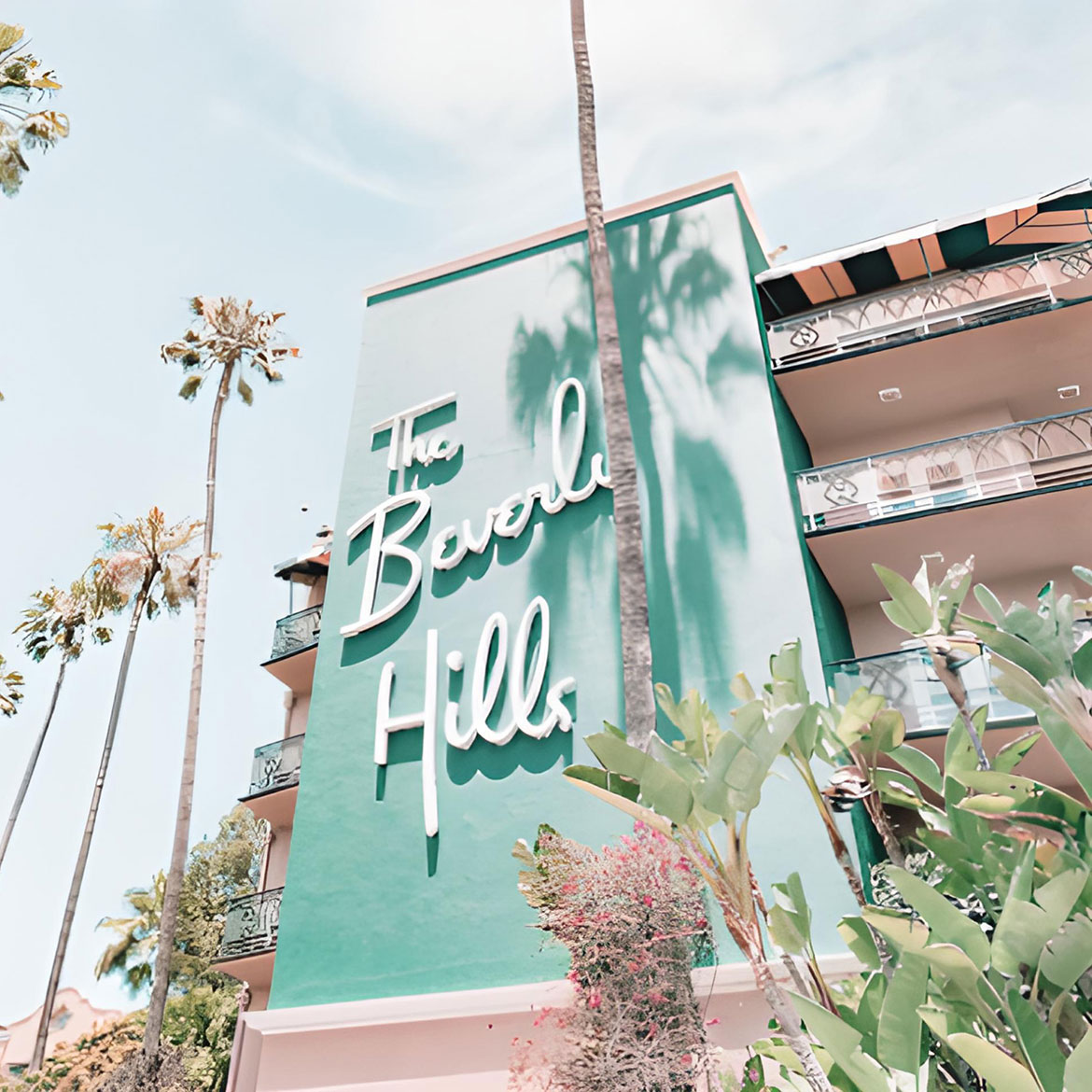Wander Through the Beauty of Boston Freedom Trail

If you’re planning a trip that mixes history, charm, and a good dose of fresh air, the Boston Freedom Trail belongs at the top of your itinerary. Winding through the heart of one of America’s oldest cities, this 2.5-mile red-brick path links 16 nationally significant sites, from meetinghouses and churches to graveyards and battlegrounds. Whether you’re a solo traveler with a camera, a family looking to teach the kids something new, or a couple in search of a romantic stroll through history, the Boston Freedom Trail is a captivating experience that brings the American Revolution to life—one step at a time.
This guide will walk you through what to expect, how to plan your walk, key stops along the way, and helpful tips to make the most of your journey. So grab your walking shoes and a bottle of water—it’s time to wander through the beauty of the Boston Freedom Trail.
What Is the Boston Freedom Trail?
The Boston Freedom Trail is a 2.5-mile walking route that passes by some of the most iconic historical landmarks in the United States. Marked by a red line—either bricks or paint—the trail winds its way through downtown Boston, the North End, and Charlestown. It’s essentially a walk through a living museum, allowing you to explore the American Revolution where it all began.
The trail was conceived in the 1950s as a way to preserve Boston’s rich history while making it accessible and engaging to the public. Today, it’s one of the most popular walking tours in the U.S., attracting millions of visitors each year.
Why Walk the Boston Freedom Trail?
Wandering the Boston Freedom Trail isn’t just about checking off historic sites. It’s about connecting with the past in a personal, meaningful way. It’s one thing to read about Paul Revere’s midnight ride, and quite another to stand in front of his actual house. It’s one thing to learn about the Boston Massacre, and another to gaze at the spot where it happened.
Beyond its historical richness, the trail offers:
- Beautiful scenery: Boston Common, cobblestone streets, and leafy corners
- Walkability: It’s flat and easy for all ages
- Convenience: Centrally located and accessible via public transportation
- Free or low-cost: Most sites are free or ask for small donations
How to Prepare for the Walk
You can complete the Boston Freedom Trail in 2 to 4 hours, depending on how often you stop and whether you tour inside each site. Here’s how to prepare:
- Wear comfortable shoes: It’s a 2.5-mile walk, often on brick or cobblestone paths.
- Bring water: Especially during the summer months.
- Download a map or use a guide app: While the red line is easy to follow, a digital guide can enrich your experience.
- Start early: Morning is ideal to beat the crowds and enjoy the trail in cooler temperatures.
- Consider a guided tour: If you want deeper storytelling, several companies offer tours led by guides in period costume.
Key Stops Along the Boston Freedom Trail
Here’s a look at the 16 official stops on the Boston Freedom Trail, starting from Boston Common and ending at the Bunker Hill Monument in Charlestown.
1. Boston Common
Established in 1634, Boston Common is America’s oldest public park. It’s a peaceful spot to begin your journey, with wide green lawns, shade trees, and historical monuments.
2. Massachusetts State House
Built in 1798, this golden-domed building houses the state’s government. You can take free tours on weekdays to learn about its art and political history.
3. Park Street Church
Famous for fiery abolitionist sermons, this church sits prominently at the corner of Boston Common. Its steeple was once the first landmark travelers saw when approaching Boston.
4. Granary Burying Ground
Pay your respects to Revolutionary legends like Paul Revere, John Hancock, and Samuel Adams. The cemetery’s 17th-century gravestones are etched with skulls, angels, and poetic epitaphs.
5. King’s Chapel and King’s Chapel Burying Ground
This chapel was the first Anglican church in New England. The burying ground is even older—dating back to 1630—and includes some of Boston’s earliest settlers.
6. Boston Latin School Site / Benjamin Franklin Statue
Although the original school no longer exists, this site marks America’s first public school, where Franklin was once a student. A statue of Franklin now watches over the square.
7. Old Corner Bookstore
Once a hub for literary greats like Emerson and Hawthorne, this 18th-century building is now a historical curiosity tucked among modern shops.
8. Old South Meeting House
This was the rallying point for the Boston Tea Party. It’s an excellent place to sit in the original pews and imagine the fiery debates that lit the revolutionary spark.
9. Old State House
Here, the Declaration of Independence was first read to Boston citizens from the balcony. Directly in front of the building is the site of the Boston Massacre.
10. Boston Massacre Site
Marked by a cobblestone circle, this is the exact location where British soldiers fired into a crowd of colonists in 1770, igniting colonial fury and protests.
11. Faneuil Hall
Once called the “Cradle of Liberty,” Faneuil Hall hosted meetings led by revolutionaries like Samuel Adams. Today, it’s both a historic site and bustling marketplace.
12. Paul Revere House
Step into the preserved home of Paul Revere, silversmith and midnight rider. The house is the oldest remaining structure in downtown Boston, filled with artifacts and exhibits.
13. Old North Church
“One if by land, two if by sea.” This church tower signaled the start of Paul Revere’s ride. Inside, you’ll find beautiful architecture and fascinating colonial history.
14. Copp’s Hill Burying Ground
This North End cemetery offers stunning views of the harbor and Charlestown. It’s the final resting place for many artisans, merchants, and free African Americans.
15. USS Constitution (“Old Ironsides”)
Docked in Charlestown Navy Yard, this 18th-century warship is the world’s oldest commissioned naval vessel still afloat. Free tours are available, and kids especially love this stop.
16. Bunker Hill Monument
End your walk with a climb—294 steps to the top of this granite obelisk. It commemorates the first major battle of the Revolutionary War and offers a panoramic view of Boston.
Best Times to Visit the Boston Freedom Trail
Boston is a year-round destination, but spring and fall are especially pleasant for walking. You’ll enjoy comfortable temperatures and, depending on the season, blooming flowers or colorful foliage.
- Spring (April–June): Mild weather and lighter crowds.
- Fall (September–November): Crisp air and stunning leaf colors.
- Summer (July–August): Warm but busy—bring sunscreen and water.
- Winter (December–March): Cold and potentially snowy; dress accordingly.
Where to Eat Along the Trail
Walking the Boston Freedom Trail is a calorie-burning activity, and fortunately, Boston has no shortage of incredible places to eat nearby.
- Quincy Market at Faneuil Hall: Tons of food stalls serving lobster rolls, clam chowder, and Boston cream pie.
- The North End: Boston’s “Little Italy” is perfect for a pasta lunch or espresso stop.
- Union Oyster House: One of the oldest restaurants in America, steps from the trail.
Tips for Making the Most of Your Walk
- Start at either end: You can begin at Boston Common or the Bunker Hill Monument—both work.
- Mix indoor and outdoor stops: Museums and churches offer air conditioning (or warmth in winter).
- Go at your own pace: The trail is self-guided unless you opt for a tour.
- Travel light: Bring just a backpack with essentials—camera, water, sunscreen, guidebook or phone.
- Look up and around: The architecture is stunning and often overlooked.
FAQs
Q: How long does it take to walk the Boston Freedom Trail?
It typically takes 2 to 4 hours depending on how many stops you make and whether you tour inside the buildings.
Q: Is the Boston Freedom Trail free?
Yes, walking the trail is completely free. Some sites along the way may have admission fees or suggested donations.
Q: Can I bring kids?
Absolutely. Many sites have interactive exhibits and scavenger hunts designed for kids, making it a family-friendly adventure.
Q: Are there guided tours?
Yes, you can book guided walking tours with historical interpreters, some even in Revolutionary-era costume.
Q: Is the trail accessible?
Most of the trail is wheelchair-accessible, though some older buildings and cobblestone areas may be challenging.
Q: Where can I get a trail map?
Maps are available at the Boston Common Visitor Center or downloadable from the official Freedom Trail Foundation website.
Image Source: Flicker








